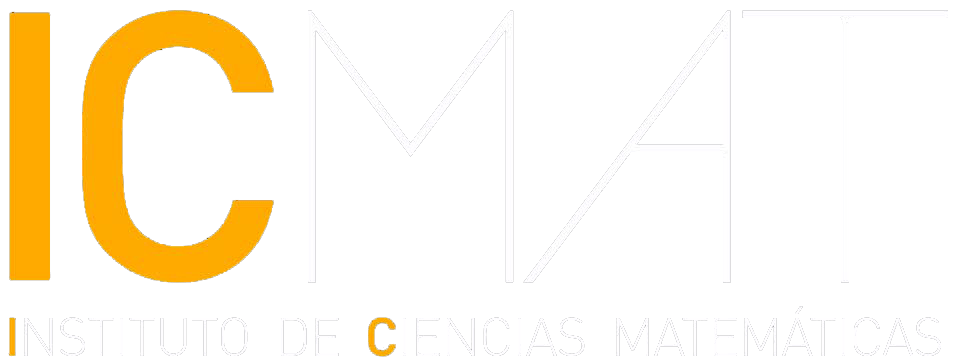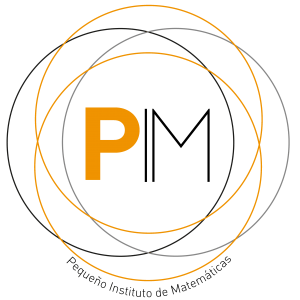Original Title: “Resource Quantification for the NoProgramming Theorem”
Authors: Aleksander M. Kubicki (Universidad de Valencia), Carlos Palazuelos (ICMATUCM) y David PérezGarcía (ICMAT-UCM)
Source: Physical Review Letters, 122, 080505 (2019).
American Physical Society.
Date of online publication: February 28, 2019
Link: https://arxiv.org/abs/1805.00756
No-go theorems are central in the conceptual foundations of quantum information theory. They serve as guidelines to understand particularities and limits of quantum information. One of such theorems is the so-called no-programming theorem, discovered by M. A. Nielsen and I. L. Chaung two decades ago.
The no-programming theorem prohibits the existence of a universal programmable quantum processor, a hypothetical machine able to simulate any quantum operation given the information of the latter encoded in a quantum state. This statement has implications in relation to quantum computation, but also to other tasks of quantum information processing as quantum teleportation or blind computation among others. Nonetheless, it is well known that even when the strict model is not implementable, it is possible to conceive of it in an approximate sense. Unfortunately, the minimal resources necessary for this aim are still not completely understood. Motivated by this lack of knowledge about the no-programming theorem in approximate settings, the authors of this paper investigate quantitative statements of the theorem, delimiting the resources required to build an (approximate) universal programmable quantum processor.
The proofs exploit a new connection between quantum channels and embeddings between Banach spaces which allows them to use classical tools from geometric Banach space theory in a clean and simple way.


